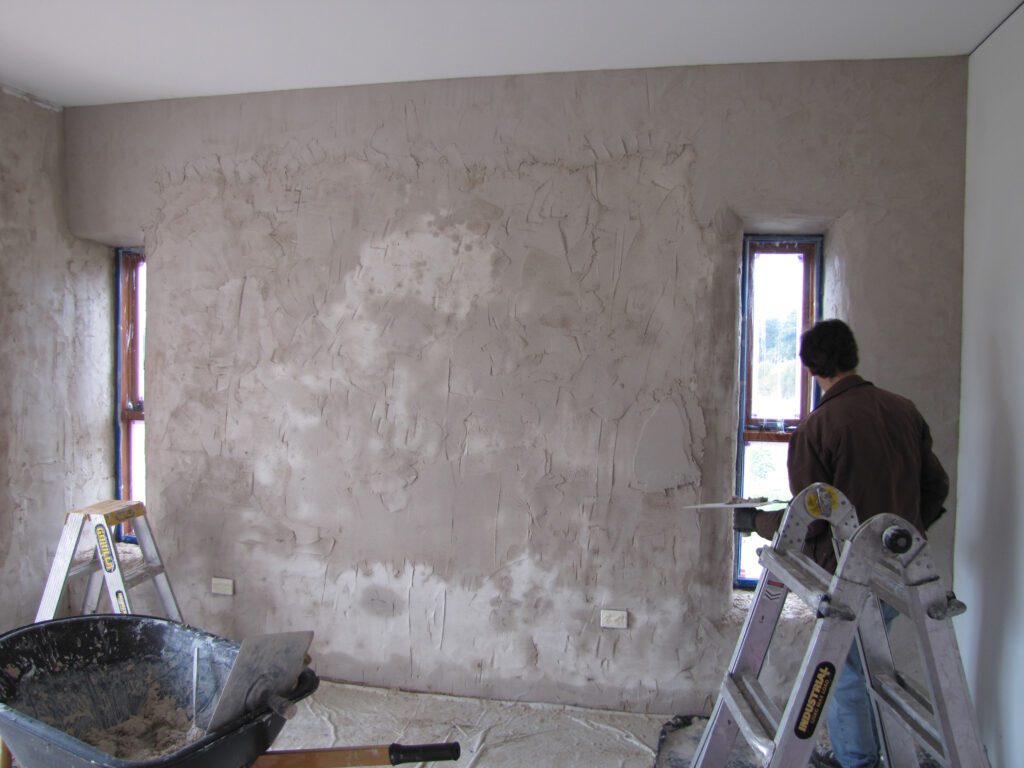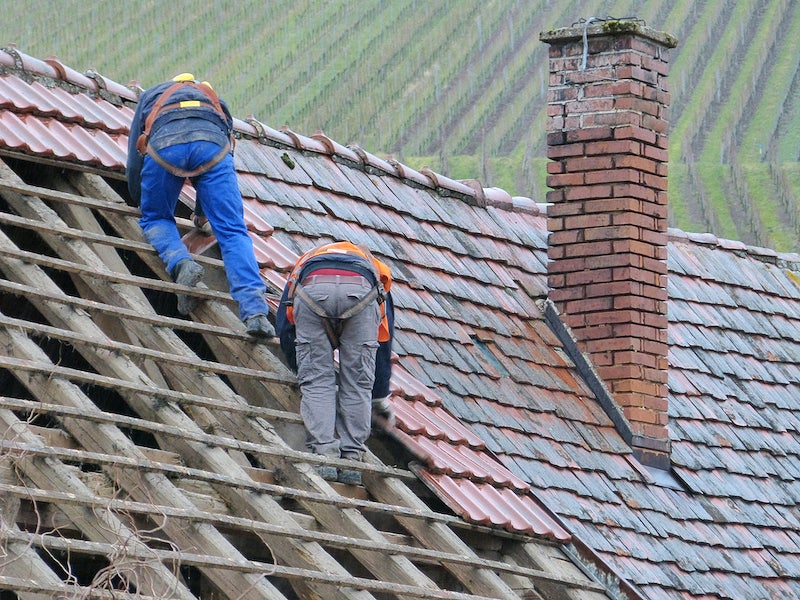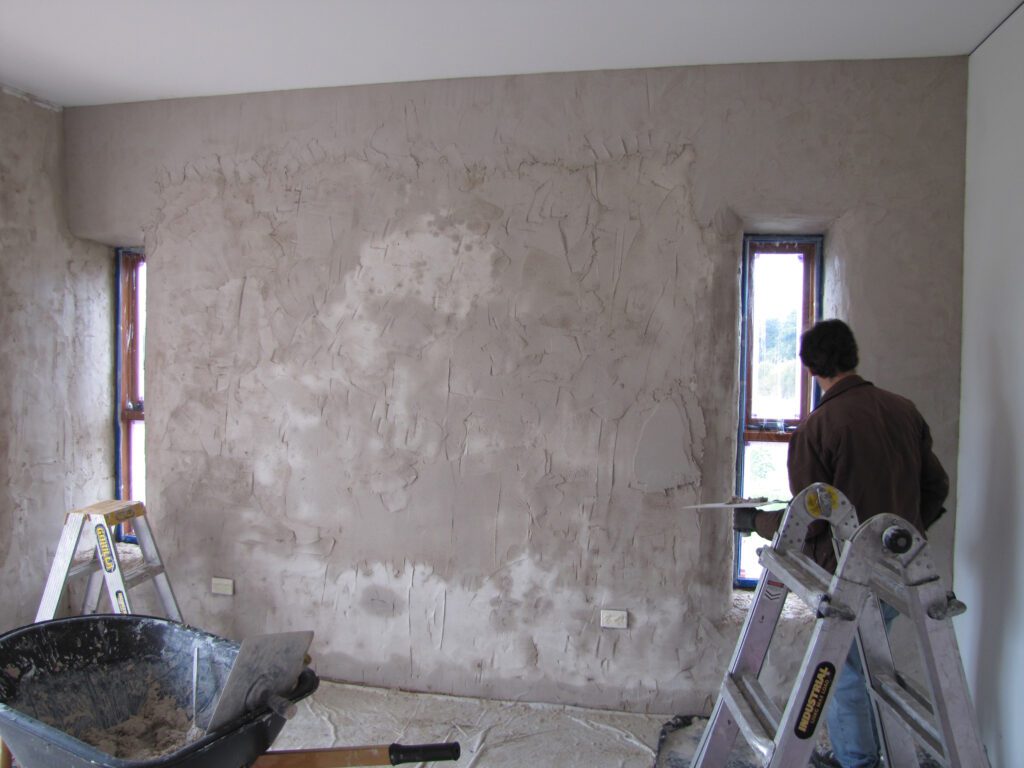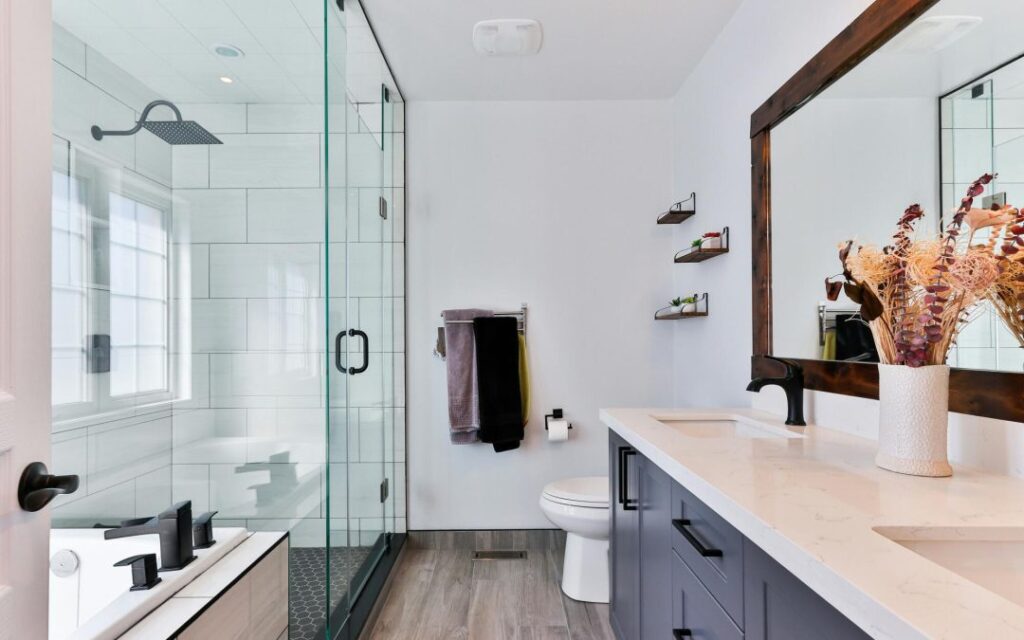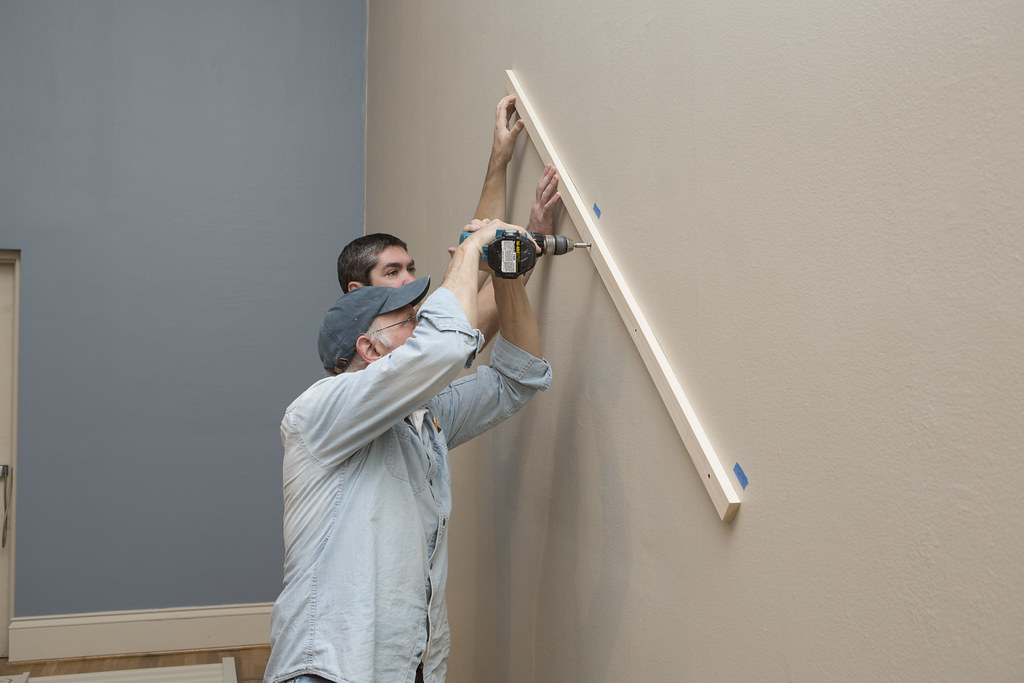Essential Plastering Tools: A Professional’s Complete Guide to Perfect Finishes
Master the art of flawless plastering with these professional-grade plastering tools that every serious tradesperson needs in their arsenal. Understanding Your Core Plastering Arsenal In the world of professional plastering, having the right tools isn’t just about convenience – it’s essential for achieving superior results. Recent industry surveys show that 85% of professional plasterers attribute their high-quality finishes to using the correct tools. Quality tools not only enhance workmanship but also increase efficiency, with studies indicating that properly equipped plasterers complete jobs up to 30% faster than those using basic or incorrect tools. The right arsenal of plastering tools enables precise application, smooth finishing, and consistent results across different surface types and plastering techniques. Mixing and Preparation Tools Professional Mixing Equipment The foundation of quality plastering work lies in proper mixture preparation. The essential tools for this stage include: Mixing Bucket: High-capacity (25-40 litre) robust plastic buckets with measurement markings Electric Drill with Paddle Attachment: Minimum 110V heavy-duty drill with variable speed control Mixing Paddles: Both spiral and paddle-type mixers for different materials Water Addition Tools: Measuring jugs and containers for precise water ratios Material Handling Solutions Efficient material handling is crucial for maintaining workflow and achieving consistent results. Professional plasterers rely on: Mortar Stand: Adjustable height stands for comfortable mixing and material access Hawk: Lightweight aluminium hawks (13-14 inch) for material transportation Preparation Sheets: Heavy-duty polyethylene sheets for surface protection Essential Application Tools Primary Trowels and Floats The cornerstone of any plasterer’s toolkit is their selection of trowels and floats. Recent market research indicates that professional plasterers invest an average of £200-£300 in their primary trowel collection. Essential items include a stainless steel finishing trowel (11-13 inch), plastic float for creating smooth finishes, and a selection of specialist trowels for different applications. The quality of these tools directly impacts the final finish, with premium trowels lasting up to 5 times longer than budget alternatives. Detailed Work Equipment For precise finishing and detail work, professionals require: Corner Trowels: Internal and external angle tools Feather Edges: Various lengths for smooth transitions Detail Spatulas: Different sizes for intricate work Gauging Trowel: For small-batch mixing and detail application Surface Preparation and Finishing Tools Keying and Texturing Equipment Proper surface preparation is crucial for achieving durable, long-lasting results. Key tools include scarifiers for creating the perfect key on surfaces, textured rollers for decorative finishes, and specialist brushes for different applications. Statistics show that proper surface preparation can extend the life of plastered surfaces by up to 40%. Precision Finishing Tools For achieving those perfect finishes, professionals rely on: Aluminum Straight Edges: Various lengths for levelling large areas Plaster Planes: For precise surface shaping Sponge Floats: Different densities for varied textures Height Access and Safety Equipment Working at Height Health and Safety Executive (HSE) statistics show that falls from height remain the leading cause of workplace injuries in the construction sector. Essential height access equipment includes: Plastering Stilts: Adjustable height for ceiling work Hop-Ups: Stable platforms for medium-height work Safety Equipment: Non-slip footwear, safety glasses, and dust masks Maintenance and Care Tool Cleaning and Storage Professional plasterers understand that tool maintenance is crucial for longevity and performance. Regular cleaning after each use, proper storage in dry conditions, and periodic maintenance can extend tool life by up to 300%. Essential maintenance tools include wire brushes, cleaning solutions, and protective storage cases. Specialist Tools for Advanced Techniques Decorative Finishing Tools The growing demand for decorative finishes has led to a 35% increase in specialist tool sales over the past year. Essential decorative tools include Venetian plaster trowels, textured rollers, and specialist finishing tools for creating unique patterns and effects. Investment and Quality Considerations When building a professional toolkit, quality should be the primary consideration. Industry data shows that investing in professional-grade tools can save up to £2,000 annually in replacement costs and improved efficiency. Consider warranty periods, manufacturer reputation, and material quality when selecting tools. Professional Tips and Recommendations Leading industry professionals recommend: Start with essential tools and gradually build your collection Invest in quality over quantity Purchase from reputable suppliers with good warranty policies Regular maintenance extends tool life significantly Keep tools organised and easily accessible Conclusion: Building Your Professional Kit Building a comprehensive plastering toolkit is an investment in your craft and professional future. By selecting quality tools, maintaining them properly, and understanding their specific applications, you’ll be well-equipped to deliver exceptional results consistently. Remember that your toolkit should evolve with your skills and the demands of your projects, always prioritising quality and functionality over cost savings. FAQ How long do you have to leave plaster before troweling? Allow the first coat of plaster to dry slightly for about 20 minutes. You can then go over the plaster again with a trowel to smooth out any bumps. If necessary spray some water on sections of the plaster. What’s the difference between a plastering trowel and a finishing trowel? Differences between Plastering Trowels and Finishing Trowels Plastering trowels are designed with a wider and flatter blade for applying the initial coats of plaster. Finishing trowels, on the other hand, are utilised for the final coating, offering a smoother, more polished surface. How do you trowel plaster smooth? Adjust the angle and pressure of the plastering trowel in order to compress and smooth the plaster. Pay particular attention to the corners and edges at this stage. Use a damp, not wet, brush to brush in the corners to tighten and smooth them up. What is the best trowel for beginner plastering? Arguably, stainless steel trowels remain the best trowel for applying the first few coats of plaster so we recommend every plasterer’s tool kit includes a stainless steel trowel. Plastic plastering trowels are a fantastic addition if you are looking for a top-quality finish. Sources [1] https://walltools.com/tools-equipment/plaster/ [2] https://www.krafttool.com/plaster [3] https://marshalltown.com/pro-3937-plastering-trowels
Essential Plastering Tools: A Professional’s Complete Guide to Perfect Finishes Read More »


